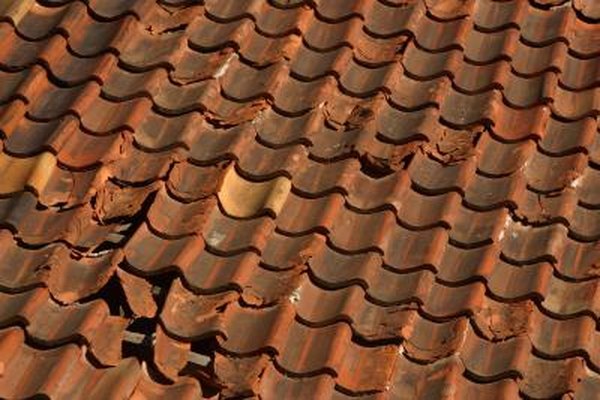How to Purchase a Rental House with an IRA
If you use your IRA to invest in a rental home, you'll need to pay for repairs out of the account.
Jupiterimages/Photos.com/Getty Images
You can invest Individual Retirement Arrangement money in rental houses, but you can't do it directly with your existing traditional or Roth IRA. To be able to buy alternative investments such as houses or precious metals, you need to set up a self-directed IRA account, and follow all of the Internal Revenue Service's rules that go with these accounts.
The Self-Directed IRA
A self-directed IRA is a special type of account where a custodian holds your money, just like a regular IRA, but they invest it in the assets that you tell them to buy. The IRS maintains rules that prevent you from personally benefiting from your IRA's assets, so you can't, for example, buy a vacation home and use it yourself for two weeks out of the year. However, you're able to put many different types of investments, including rental properties, in a self-directed account.
Funding and Buying
Funding a self-directed IRA is no different from funding a regular IRA. You can roll over funds from existing IRA or 401(k) accounts tax-free, unless you're funding a self-directed Roth. You can also fund it by making your annual contribution, which, for the 2013 tax year, is $5,500 if you're under 50 and $6,500 if you're over 50. Given that rental houses usually cost more than a few thousand dollars, rolling over funds is usually the most practical way to fund a real estate IRA. Once you've funded your self-directed IRA, buying real estate for it is similar to buying real estate for yourself. The key differences are that you need to buy it in the name of the IRA and the money needs to come from the IRA. Your self-directed IRA custodian can give you the information you'll need to do this.
Debt Considerations
One drawback of using a self-directed IRA to buy real estate is that your mortgage options are limited. If you want to leverage the properties in your account, you will need to find special non-recourse financing. In a non-recourse loan, the lender agrees that, if you don't make the payments, it can only come after the property and can't pursue you or your other assets. These loans are harder to find and more expensive than traditional recourse loans.
Cashflow Considerations
When you have an IRA, it's almost like a walled city. Once money goes in, it doesn't come out until you're ready to start taking distributions or willing to pay a penalty. With a traditional IRA, you can't withdraw your dividends without taking a distribution or fund it above and beyond your annual contribution limit. In a self-directed IRA, this means that you have to collect your rents and pay all of your building expenses with funds in the IRA. As such, it's wise to roll over enough money so that you have a reserve fund in your IRA in order to cover any major expenses that may come up.
REITs
If you're willing to accept indirect ownership, you don't have to set up a self-directed IRA to include the single-family housing market in your tax-deferred retirement portfolio. Another option is to buy shares of real estate investment trusts that invest in homes or in mortgages on homes. Although you won't directly own the homes, you will get an opportunity to participate in the market. Furthermore, because an IRA cancels out some of the tax benefits of owning real estate, you won't be losing as much tax savings as if you had swapped REITs for holding rental houses outside of an IRA.
References
Writer Bio
Steve Lander has been a writer since 1996, with experience in the fields of financial services, real estate and technology. His work has appeared in trade publications such as the "Minnesota Real Estate Journal" and "Minnesota Multi-Housing Association Advocate." Lander holds a Bachelor of Arts in political science from Columbia University.

